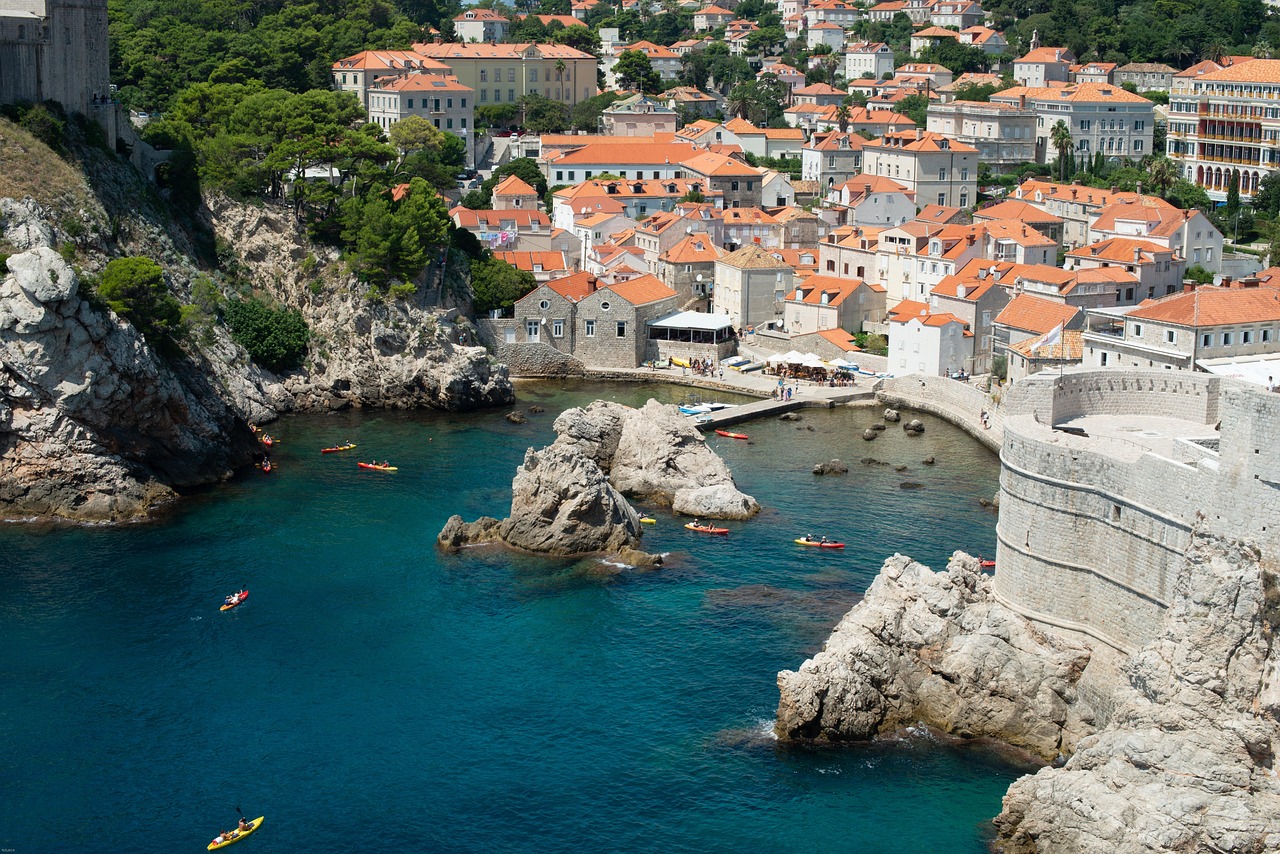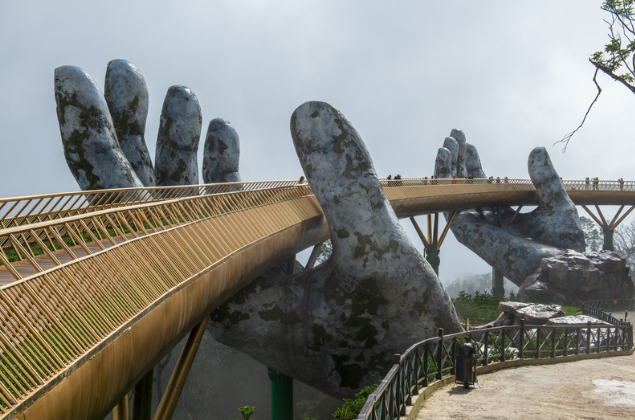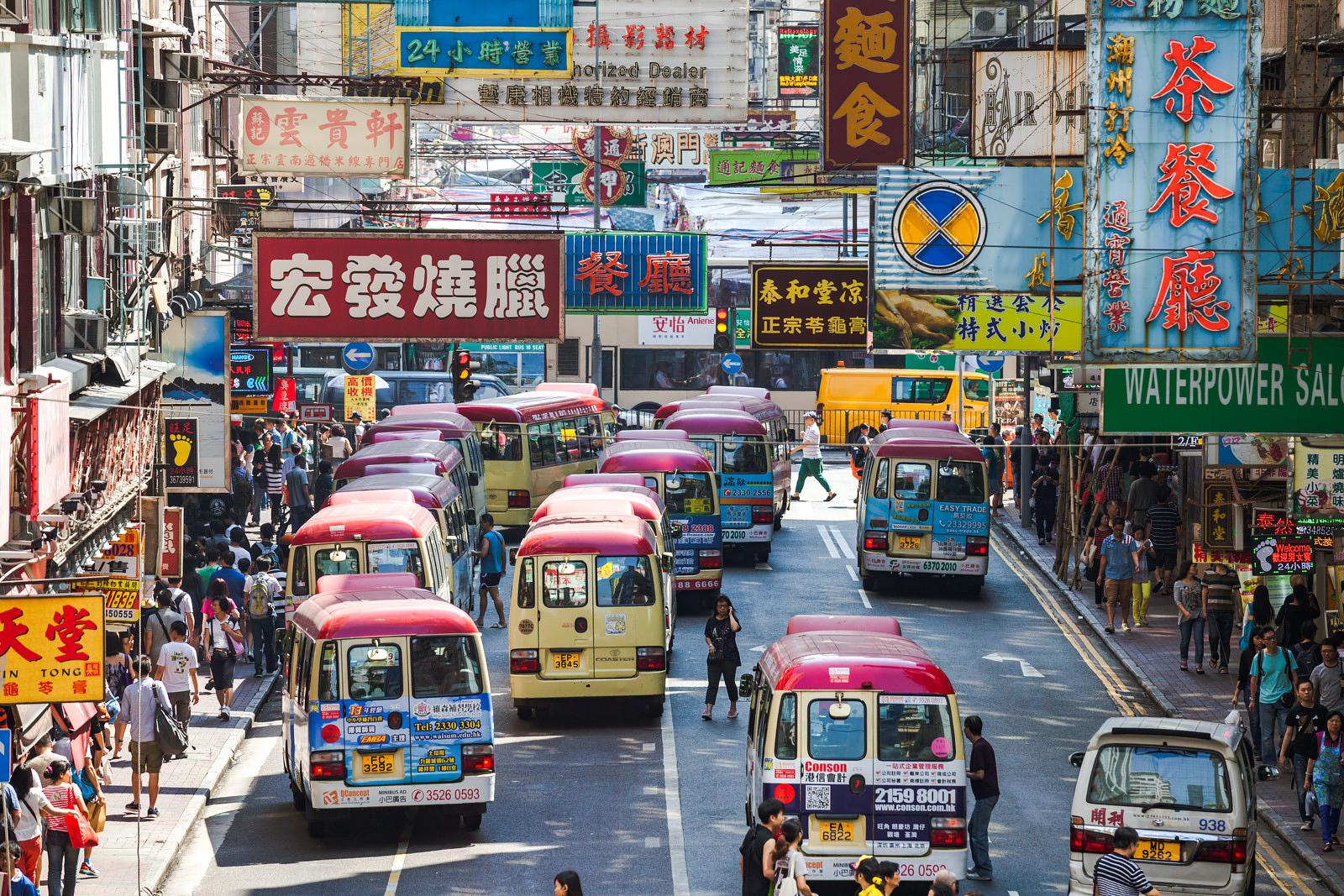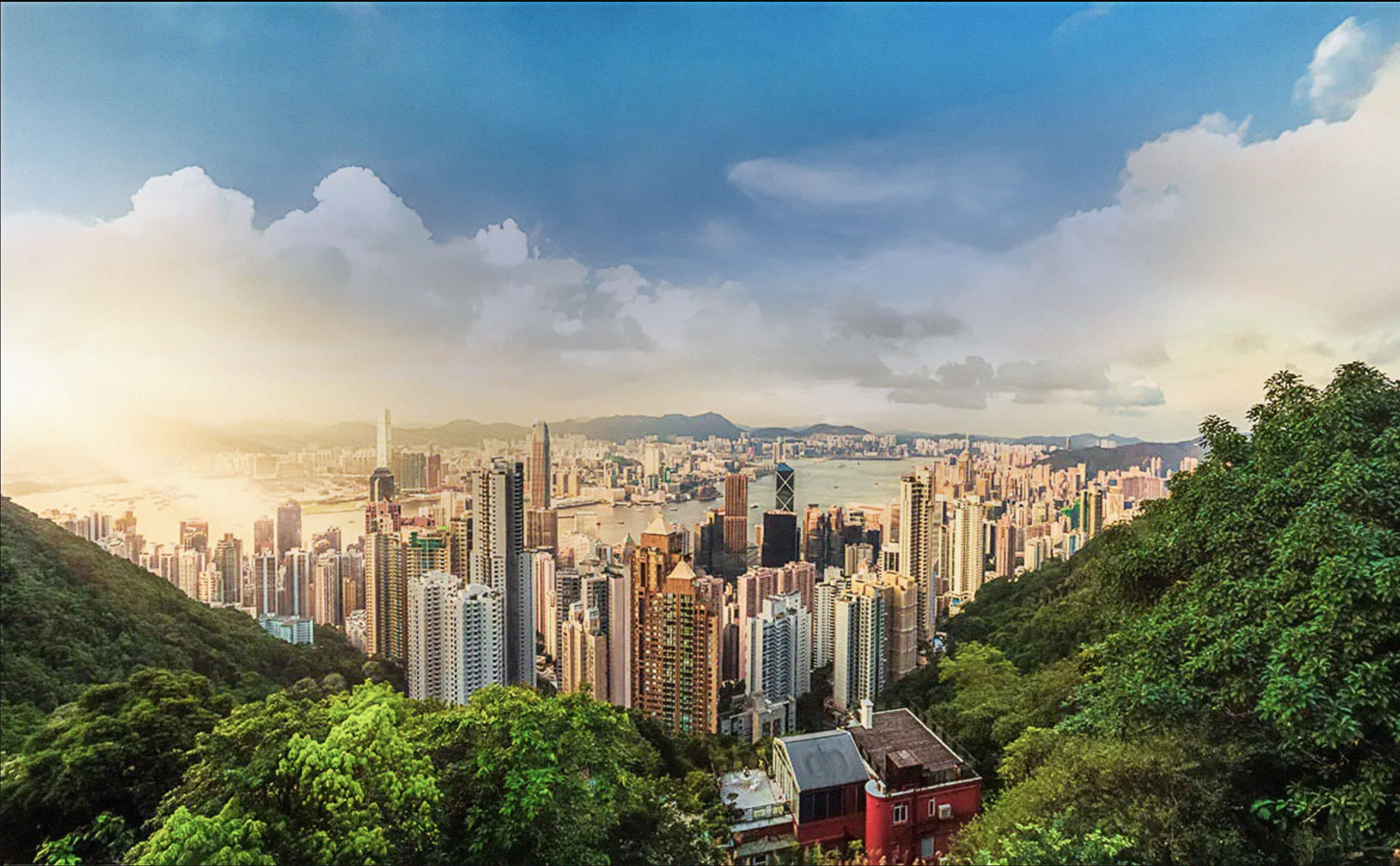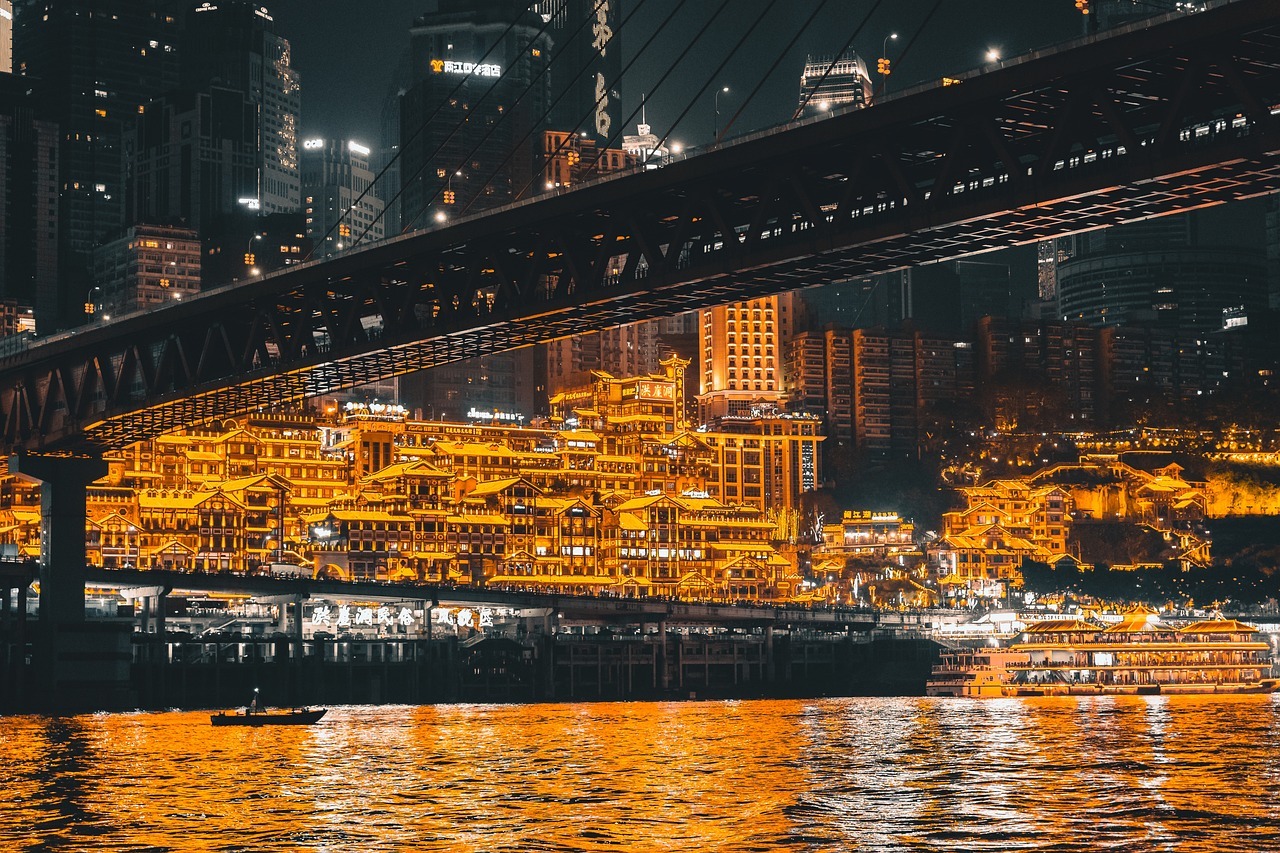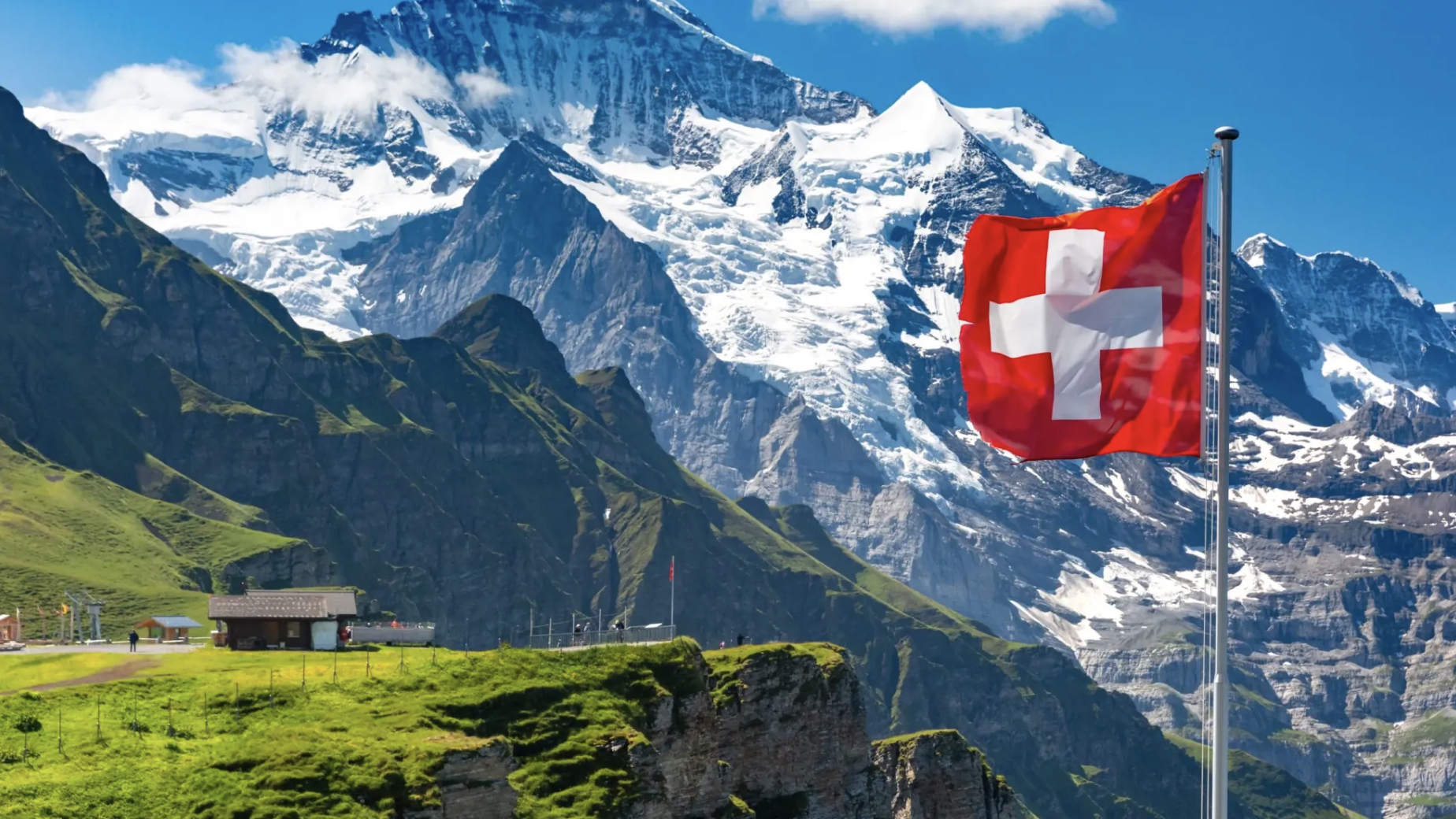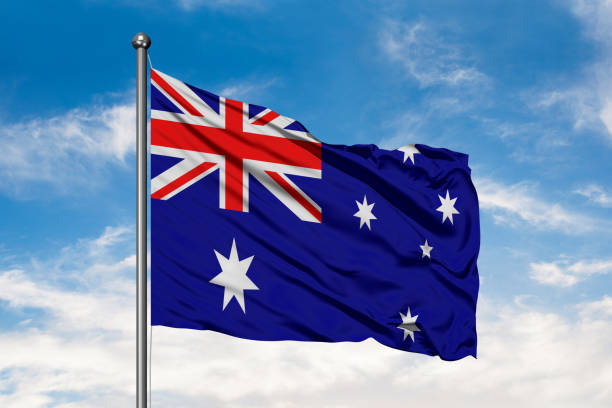AFFORDABLE PACKAGE TO VISIT KOREA DEMILITARIZED ZONE (DMZ) & JOINT SECURITY AREA (JSA)

The Korean peninsula is home to a single nation of people with the same language and ethnicity, divided in two. The Demilitarized Zone (DMZ) is a buffer zone, which was established on July 27, 1953 when the Armistice Agreement was signed during the Korean War. The DMZ vividly captures the scars and wounds of the Korean War as well as the wishes and hopes for the future.
South and North Koreas drew a truce line across the Korean Peninsula, from the mouth of the Imjingang River in the east, to the town of Goseong in the west. On either side of the truce line is a 2km-wide stretch of land where military activity is forbidden. The zone has been protected from human disturbance for about 6 decades and has become a haven for wildlife. The destinations in this ecological area have been regaining popularity among eco-driven tourists.
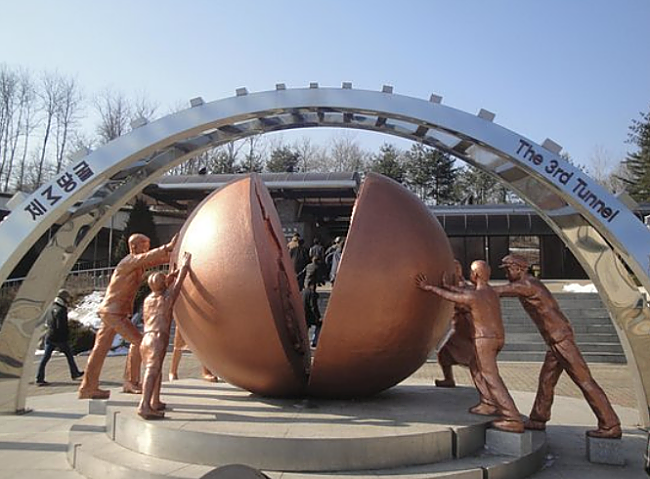
Panmunjeom is located in the Demilitarized Zone (DMZ), 50 km north of Seoul and 10 km east from the city of Gaeseong, a city which now belongs to North Korea. This area is most notably known for the peace talks that were held here on October 25, 1951 and on July 27, 1953 when the Armistice Agreement was signed. It is now beyond the jurisdiction of both the North and South.
The conference center in Panmunjeom is surrounded by the Joint Security Area (JSA) and measures 800 meters in diameter. It is the only portion of the Demilitarized Zone (DMZ) where North and South Korean forces stand face-to-face. It was used as a filming location of the movie "JSA (Joint Security Area)." It was also the site of military negotiations between North Korea and the United Nations Command (UNC). It has now become one of the most visited tourist sites of the DMZ.
This excursion is a full day tour from 8am to 4.30pm with lunch included. There are some dos and don’ts, thus full cooperation is required.

The highlight of this tour:
- Imjingak Park
- Freedom Bridge
- ID Check Point
- PassBy Unification Village
- The 3rd Tunnel (DMZ Theater, Exhibition Hall)
- Dora Observatory
- Dorasan Station
- Join JSA Tour Team at Imjingak Park
- Lunch (Menu: Bulgogi)
- Check Passport at Unification Bridge
- United Nation Command Security Battalion "Camp Bonifas"
- Watch Slide Briefing
- Take Military Bus to Joint Security Area
- Freedom House
- Military Armistice Commission Building
- Bridge of No Return
For more information or booking, check it out here.

